 [Forty years ago this month I published the polemic that follows.
[Forty years ago this month I published the polemic that follows.
Today, with the Museum of Modern Art’s Department of Photography simply another such entity — although a high-profile one — among dozens if not hundreds of others, it has become difficult if not impossible to evoke and convey effectively the hegemonic influence that this department and its then-curator wielded in its heyday. So, for those under the age of 50, I can only say that you’ll have to imagine it and take my word for it.
Self-evidently, I considered it necessary to make this statement and take this position on the record at that time. Among other things, it serves as an example of what in German they call Ausstellungskritik, which translates literally as “exhibition criticism.” That’s not particularly helpful, even when I add that the Germans distinguish it from Kunstkritik, which translates as “art criticism.” So, for my purposes, I consider “institutional critique” as a more accurate rendering of the meaning of Ausstellungskritik.
As distinct from textual criticism, which concentrates on the artwork itself, institutional critique functions as contextual criticism, addressing the forces that bring that particular work before the public. In my own writing I move between those two poles as (in my opinion) the situation demands.
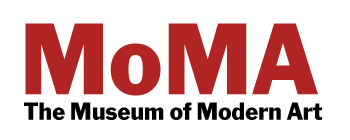 Two months hence, the Museum of Modern Art’s Department of Photography will host a session of its long-running series, Forum on Contemporary Photography, centered around my work. Moderated by Roxana Marcoci, this event’s respondents will include Vince Aletti, curator, writer and photography critic; Dawoud Bey, artist and Professor of Art at Columbia College Chicago; Sarah Meister, Curator, The Museum of Modern Art; Alison Nordström, independent scholar/curator of photographs and Museum Associate, Peabody Museum Harvard University; and Stanley Wolukau-Wanambwa, photographer, writer, and editor of The Great Leap Sideways. It will take place on Wednesday, September 19, 2018 from 6:00 to 8:00 PM in the Founders Room. If you wish to attend, email Ms. Marcoci.
Two months hence, the Museum of Modern Art’s Department of Photography will host a session of its long-running series, Forum on Contemporary Photography, centered around my work. Moderated by Roxana Marcoci, this event’s respondents will include Vince Aletti, curator, writer and photography critic; Dawoud Bey, artist and Professor of Art at Columbia College Chicago; Sarah Meister, Curator, The Museum of Modern Art; Alison Nordström, independent scholar/curator of photographs and Museum Associate, Peabody Museum Harvard University; and Stanley Wolukau-Wanambwa, photographer, writer, and editor of The Great Leap Sideways. It will take place on Wednesday, September 19, 2018 from 6:00 to 8:00 PM in the Founders Room. If you wish to attend, email Ms. Marcoci.
To provide some jumping-off points for that discussion, I created An A. D. Coleman Reader, a book-length selection of my writings from 1968 through the present, available here for free downloading in the form of a PDF file. It includes the following essay, plus other examples of my approach to institutional critique, as well as an assortment of other published work of mine.
Part 1 appears below; part 2 will appear shortly. — A.D.C.]
•
On the Subject of John Szarkowski:
An Open Letter to the Directors and Trustees of the Museum of Modern Art
When the word perfect begins to appear regularly in a curator’s vocabulary, the age of retirement is at hand.
The search for perfection may be intrinsic to creative activity, and thus implicit in the secondary but supportive functions of curatorial sponsorship and criticism. But the belief that it is attainable — and the assurance that one can recognize instances in which it has been achieved, especially in the form of new works by living artists — is clear evidence that a state of terminal hyperbole has been reached.
John Szarkowski, director of your museum’s department of photography, has been ascribing perfection to an increasing array of photographs lately — most notably (and arguably) to the erratic, ramshackle color imagery of William Eggleston, who Szarkowski has claimed is “inventing color photography.” Perhaps it is not coincidental that, simultaneously, perfection is being ascribed to the curator himself by a handful of commentators.
The sources of these paeans are varied. One writer — also a photographer — proclaimed Szarkowski to be photography’s T. S. Eliot. John Gruen, in a recent issue of Artnews, reported with obvious credulity the ludicrous conceit that “Szarkowski does not consider himself to be an influential force — a tastemaker or a leader able to shape esthetic values through personal preference.”[1] In an Artforum review of Susan Sontag’s On Photography, Colin Westerbeck, Jr., went out of his way to lavish similar encomiums on the curator: “[H]e does not make judgments. … As I interpret it, the purpose of Szarkowski’s curatorial policy is to give photography an opportunity to develop its own tradition, whose polemics and exclusive choices Szarkowski rightly leaves to others. He approaches his own work with the most catholic tastes possible …”[2] And Sean Callahan, in a fawning puff piece which has now made at least two appearances (first in the Village Voice and more recently in American Photographer), has gone so far as to declare that “it is hard to find anybody with a bad word to say about John Szarkowski.”[3]
Szarkowski has created no body of photographic work of Eliotic durability or breadth; thus that comparison is presumptuous at best, and dismissable as sycophancy. But the other statements are simply and indefensibly false. They misrepresent Szarkowski’s role and posture so completely that they must be — at least in a minor way — embarrassing to him. Certainly they should embarrass their authors, since they are either gross errors or outright fabrications.
I have had ample opportunity to observe John Szarkowski as a public figure and a representative of the Museum of Modern Art over the past decade. I have heard him speak on a number of occasions; I’ve moderated a panel of which he was a member. I’ve read most of what he’s written, from wall labels to books. I’ve seen most of the exhibits he has sponsored and/or curated. I have witnessed the effect of his support on the careers of these photographers he has singled out for approval. I have seen the impact of his choices (and of the esthetic for which they’re the building blocks) on other photographers, as well as on other curators, critics, students, and the general public. And I’ve spoken with a great many people who have strong opinions about the man and his work.
Thus I can testify with some degree of knowledgeability that the range of response to Szarkowski’s stewardship of the department of photography is far broader than the above set of quotations would suggest. Callahan, in his piece, asserts that carping voices are few, belonging to failed photographers suffering from the sour-grapes syndrome. In fact, I have encountered strenuous opposition to Szarkowski’s curatorial practices, exercise of power, and limited esthetic from countless sources. To be sure, these include an array of photographers — many of them gifted, prolific, and influential — whose work has been inexplicably but systematically excluded from the museum. But also included are photographers whose work has found its way into the museum — as well as curators, historians, critics, educators, and others with no career axes to grind. In short, serious and widespread reservations about Szarkowski’s performance in office have been voiced within the photography community for years. I believe you should be made aware of the grounds for these.
Certainly, you do not need to be told that the Museum of Modern Art is internationally regarded as an authority in its field of specialization. Curators across the country and around the world look to MoMA for guidance. Since it was the first contemporary art museum to incorporate a department of photography, its primacy in that particular area rests virtually unchallenged. The directorship of that department is unquestionably the single most influential sponsorial position in contemporary creative photography.
There are still only a handful of art museums whose curators have any specific training in photography; most photography exhibits in museums are assembled by people with backgrounds in art history. Almost all curators of art — like most art critics and historians — are woefully, indeed shamefully ignorant of photography, particularly its contemporary manifestations. Consequently, they are prone to treating the Modern’s interpretation of the medium as gospel. What, after all, could be more unimpeachable for a smaller institution to present than work which already bears the Modern’s imprimatur?
As a critic, I have found the weight of that imprimatur discernible in countless exhibits, national and international. Even if this were the total extent of the department’s influence on the medium, the force of its clout would be unmistakable. But in fact it is only the tip of the iceberg.
Gallery exhibitions, print sales, and publications invariably follow close on the heels of MoMA approval. So do the “perks” of visiting lectureships and teaching positions. So do grants of public and private monies.[4] In addition, a rapidly increasing volume of corporate money is entering the territory of creative photography. Much of it is gravitating to your institution. In recent years, MoMA photography exhibitions and publications have been financed by Vivitar, Seagram’s, SCM, and Philip Morris, among others. You have just announced “a major, long-term program for support of exhibitions” which will be conceived and mounted by the department of photography but funded by Spring Mills, Inc. And various photographic projects not specifically under the aegis of MoMA — such as Seagram’s mammoth bicentennial American courthouse documentation — have lucratively employed many members of the MoMA stable; the results tend to find their way, predictably, to MoMA’s walls.
Thus a considerable sum of money — conceivably as much as one million dollars per year — devolves to photographers as a direct or indirect result of the department’s endorsement. That may be small potatoes compared to the money afloat in, say, painting or sculpture, but it is a sizeable percentage of what’s available for creative photography.
So the question is hardly whether or not John Szarkowski chooses to “consider himself to be an influential force.” He is one, de facto and de jure. He knows he is one; to believe otherwise is to impute to him a naiveté bordering on the moronic. And he exercises his influence regularly and consistently, in a variety of ways, to support the photographers he favors.[5] I have no desire to castigate individuals who have benefitted from his largesse, but it cannot be denied that he is dispensing it. …
(Part 1 I 2)
•
[1] “The Reasonably Risky Life of John Szarkowski,” ARTnews, Vol. 77, no. 4 (April 1978), p. 68.
[2] “Susan Sontag: On Photography,” Artforum, Vol. XVI, no. 8, April 1978, p. 57.
[3] “John Szarkowski Surprises Even Himself,” The Village Voice (December 8, 1975), pp. 77-79, and “The First Viceroy of Photography,” American Photographer, Vol. 1, no. 1 (June 1978), pp. 24-31.
[4] The National Endowment for the Arts, of whose selection committee Szarkowski was a member for three years, has awarded one or more grants to virtually all the photographers who have been given one-person shows at MoMA over the past decade. The NEA, additionally, has funded many exhibitions, catalogues, and other presentations of their work.
The pattern of influence is equally clear in the Guggenheim Foundation fellowships in photography. That foundation’s Committee of Selection includes no one knowledgeable in photography. Whether, as rumor has it, the committee goes directly to Szarkowski for suggestions and recommendations, or whether it simply looks to his curatorial choices as guidelines, an uncanny number of one and even two-time Guggenheim fellows in photography have come from MoMA’s roster.
[Postscript, August 1984: In the 1979 Guggenheim Foundation Annual Report, p. x, Szarkowski’s name appears for the first time as a member of the Foundation’s Educational Advisory Board. Significantly, he had himself identified as “Mr. John Szarkowski, Photographer; Director, Department of Photography, Museum of Modern Art, New York City.” (Italics mine.) He served in that capacity through 1983.]
[5] For example, one young photographer [Tod Papageorge] managed to get a photograph not only purchased for the museum’s collection but hung in the department’s permanent display — before he had presented a major one-person show, before any significant publication of his work, before he had demonstrated any influence of his own on the field, and before any extended critical response to his work had appeared in print.
•
 Special offer: If you want me to either continue pursuing a particular subject or give you a break and (for one post) write on a topic — my choice — other than the current main story, make a donation of $50 via the PayPal widget below, indicating your preference in a note accompanying your donation. I’ll credit you as that new post’s sponsor, and link to a website of your choosing. Include a note with your snail-mail address (or email it to me separately) for a free signed copy of my 1995 book Critical Focus!
Special offer: If you want me to either continue pursuing a particular subject or give you a break and (for one post) write on a topic — my choice — other than the current main story, make a donation of $50 via the PayPal widget below, indicating your preference in a note accompanying your donation. I’ll credit you as that new post’s sponsor, and link to a website of your choosing. Include a note with your snail-mail address (or email it to me separately) for a free signed copy of my 1995 book Critical Focus!
 But wait! There’s more! Donate now and I’ll include a copy of The Silent Strength of Liu Xia, the catalog of the 2012-13 touring exhibition of photos by the dissident Chinese photographer, artist, and poet, currently in her sixth year of extralegal house arrest in Beijing. The only publication of her photographic work, it includes all 26 images in the exhibition, plus another 14 from the same series, along with essays by Guy Sorman, Andrew Nathan, and Cui Weiping, professor at the Beijing Film Academy.
But wait! There’s more! Donate now and I’ll include a copy of The Silent Strength of Liu Xia, the catalog of the 2012-13 touring exhibition of photos by the dissident Chinese photographer, artist, and poet, currently in her sixth year of extralegal house arrest in Beijing. The only publication of her photographic work, it includes all 26 images in the exhibition, plus another 14 from the same series, along with essays by Guy Sorman, Andrew Nathan, and Cui Weiping, professor at the Beijing Film Academy.


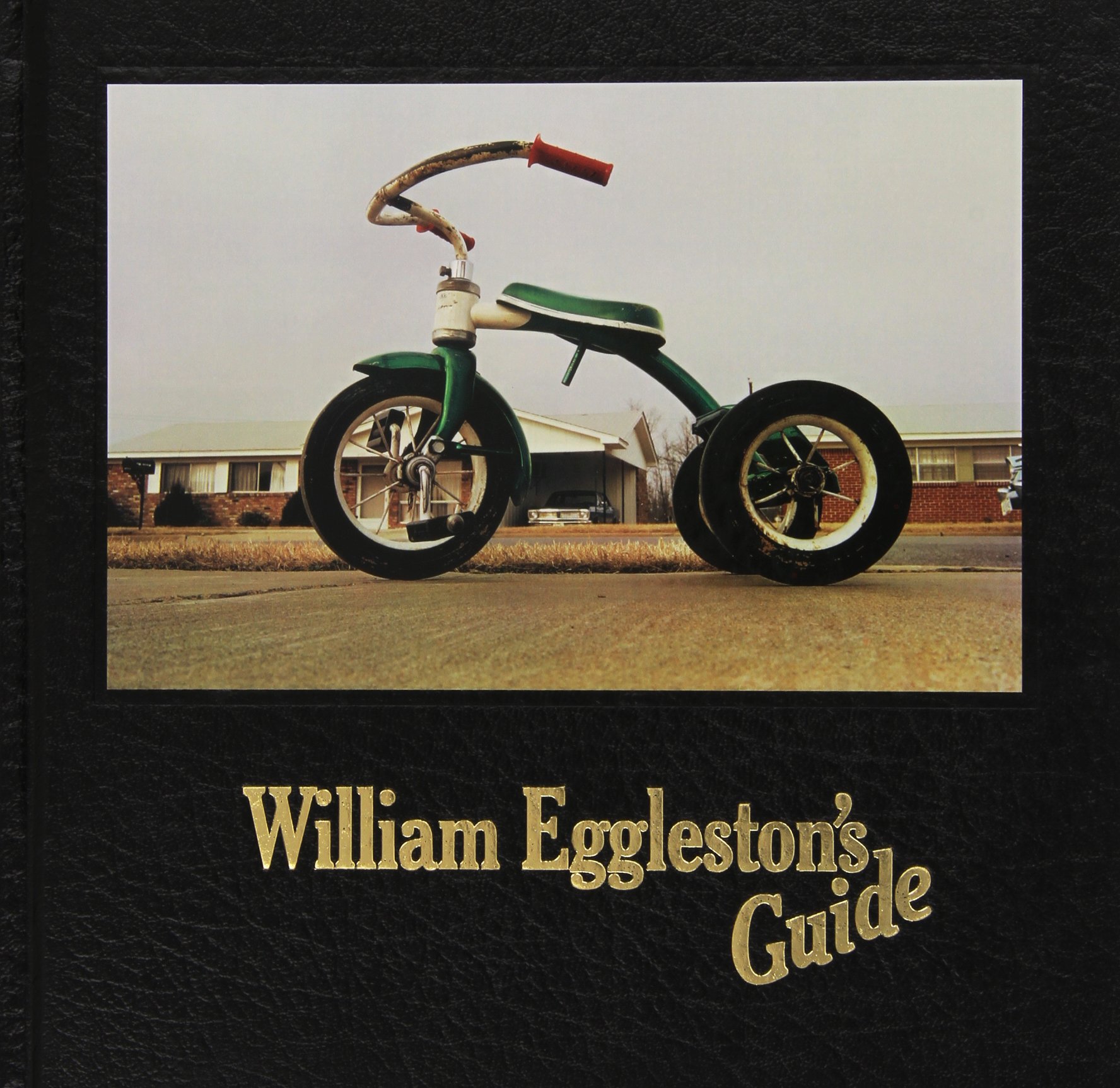
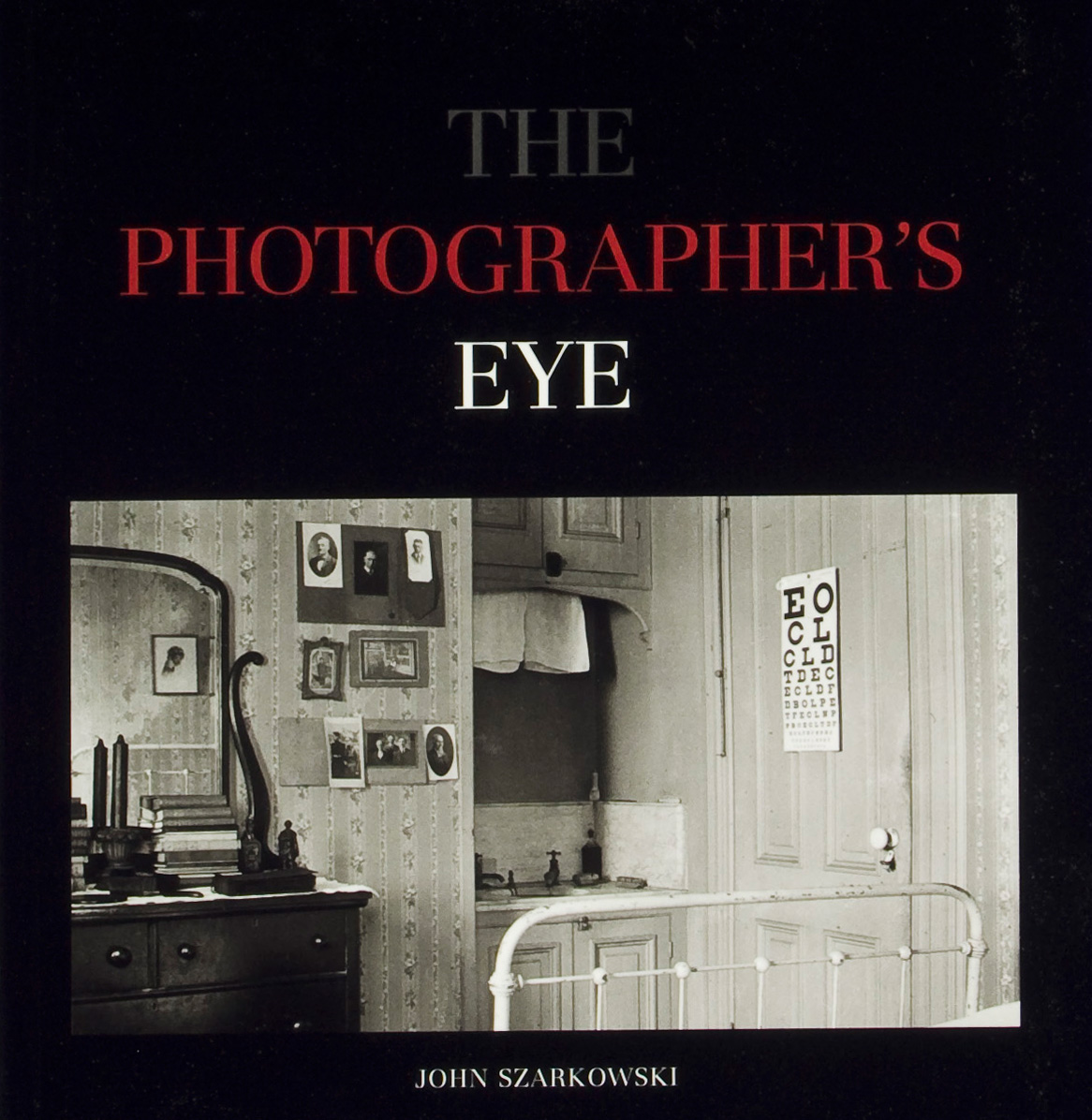
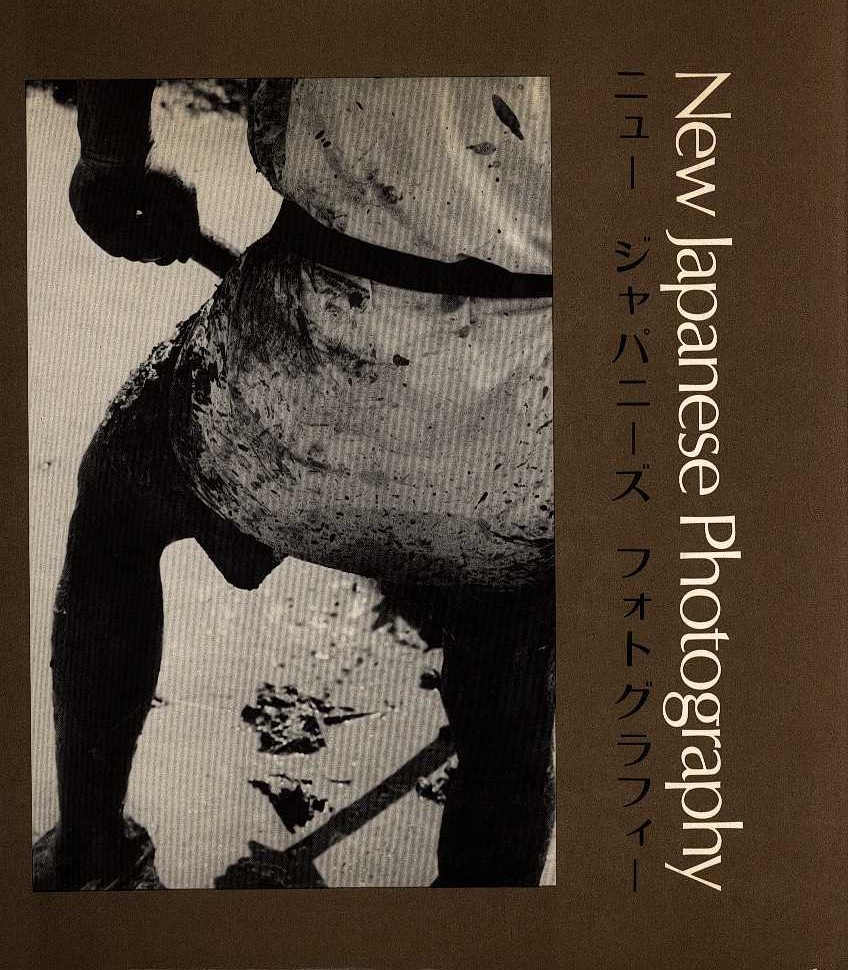
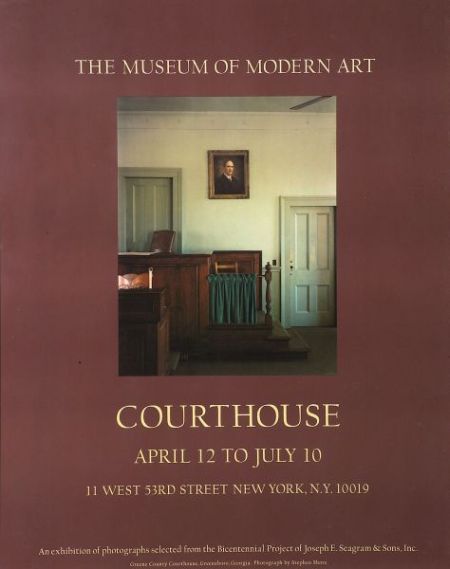




Allan, how did you alight on the “under 50” line you mention in your preface to this wise piece? I’ve been thinking about 1969 in my own interior dialogues of late, which pretty much corresponds to 50-somethings.
I figured it this way: Those under 50 would have come into an awareness of the medium’s institutions, its practitioners, its field of ideas, and its power structures at (my estimate) around the age of 20. So, if they’re 50 or younger right now, that would have happened around 1988 at the earliest, and in many cases much later.
By the late ’80s many new institutions and power centers had emerged, here and abroad, in part due to the sesquicentennial upcoming in 1989: photo departments in art museums, photo museums, photo festivals, published histories of photography in many countries, etc. Recognition from MoMA — presence in its collection, inclusion in a group show or having a solo show there, having them publish a catalog of one’s work — had lost its status as the ne plus ultra in the field.
It still mattered, and lines of influence still radiated therefrom (perhaps especially in re the Guggenheim fellowships). But photographers who had never shown there had become internationally respected figures: Ralph Gibson, Larry Clark, Joel-Peter Witkin, Roy DeCarava, Mary Ellen Mark, Laurie Simmons, Cindy Sherman (if we count the latter two as photographers, which I do), just for examples.
And while I’m sure some curators from other institutions looked to MoMA for ideas of what to show, and continued to show people on whom MoMA had put its imprimatur, the range of what got exhibited and published in the U.S. and elsewhere had expanded exponentially. And media coverage of the 1989 celebration put the medium’s diversity in front of the general public for a year, at least.
So if you came into an awareness of photography circa 1988 you’d have known of the MoMA Photo Dept. as a force, but mostly a force from the past. Szarkowski never had much interest in the work produced during his tenure there (with the obvious exceptions), nor in the broader field of ideas from that period. His “Photography Until Now,” as a history-of-photography show and book, was dead on arrival — an enervated project to which I’ve never seen anyone refer since.
From ’88 on, then, I consider it reasonable to say that the MoMA Dept. of Photography’s endorsement of or disregard for one or another photographer, body of work, or approach to the medium didn’t much matter. And Szarkowski’s blessing — or his withholding of same — no longer had much resonance. He, and the department he then still directed, had fallen back into the pack — a pack that simply didn’t exist when he began his work there, and that was merely nascent when I published this piece.